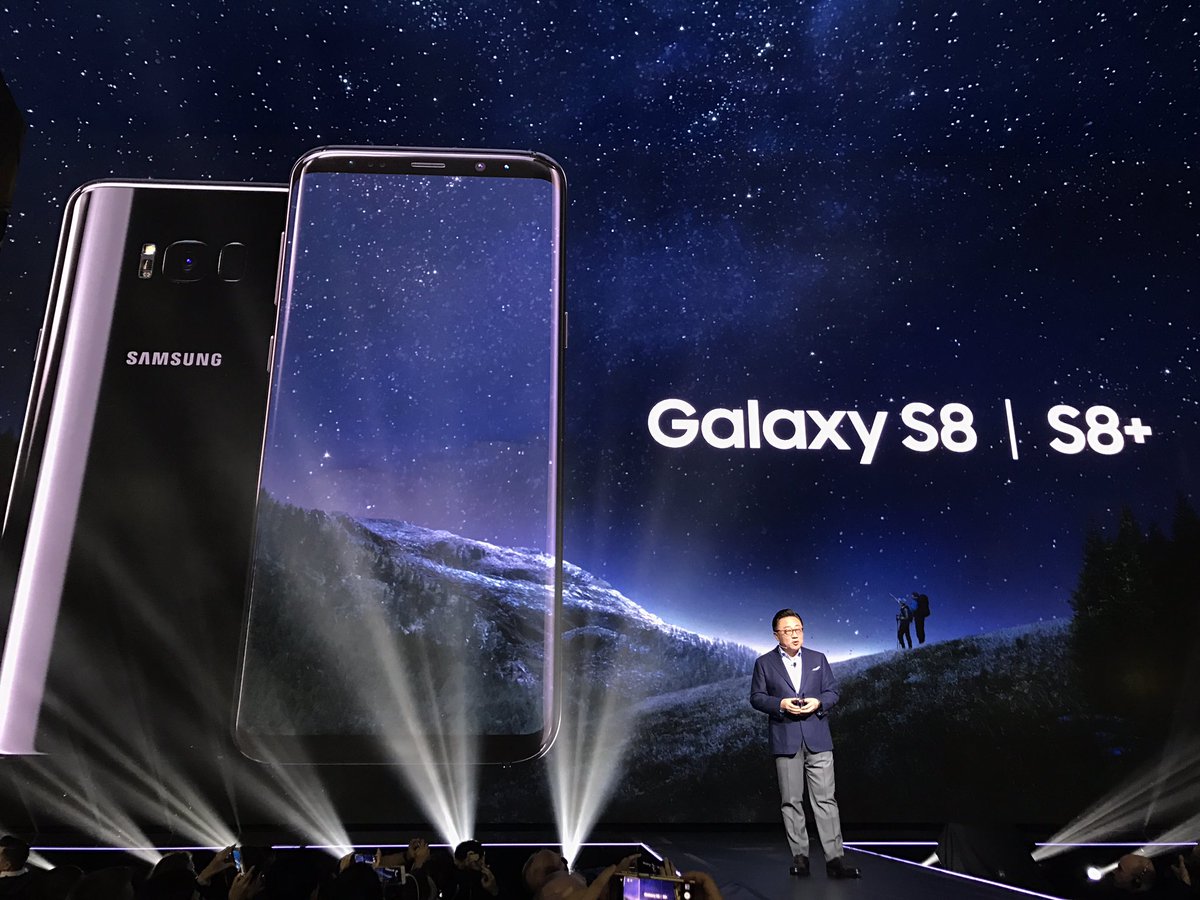How To Disable Galaxy S8 Automatic App Updates

Samsung Galaxy S8 and Galaxy S8 Plus come with quite a few pre-installed apps. Users also have this tendency to test and play around with many other third-party apps, which means that soon after you started using this smartphone, you will be running a lot of apps on it. All these apps, from the Play Store or not, will eventually require updates and if you don’t pay attention to the settings you have in place, you might notice them going behind your back and updating automatically.
If you want to have a better control of what happens on your device, you might need to disable Galaxy S8 automatic app updates, to begin with. Before we get to the nitty-gritty of how to do just that, let us specify a couple of other things.
By default, your smartphone will handle updates automatically. You might also have the option to let it notify you about updates and wait for your approval to install them. Or you could simply turn off automatic updates and handle the updates manually, all by yourself, whenever you see fit.
You don’t like to completely lack the control of what apps will update and when? Do you hate the idea of having to deal with tons of update notifications and manually approving them just to declutter the notifications bar? At the same time, you really need to save your internet data and make sure that updates will only take place through a Wi-Fi connection?
Surprisingly or not, the answer to all your questions lies in the Google Play Store. If you learn how to handle this app, you will even be able to get rid of those annoying icons that automatically show up right on your Home screen, every time when you install a new app from the Store.
First-time Android users or not, the information presented below will serve you well. Here’s how to get total control over new and old apps from your Samsung Galaxy S8 or Galaxy S8 Plus.
The quick change in Google Play Store
If you fear that handling the updates is complicated, you’d be happy to hear that you will simply have to tackle the Google Play Store. Launch it from the Home screen or the App tray of your smartphone and open its menu by tapping the 3-lines symbol from the upper left corner of the screen.
Scroll down until you find the Settings tab and tap on it. You’re now facing all the options that we have previously discussed. Under this section that contains the general settings of the Play Store, you can make all the necessary calls to determine how is your smartphone going to act from now on.
Enter the Auto-update Apps section, which, as you will easily notice, is set to automatically update all apps through a Wi-Fi connection, by default. While it is probably best to leave this setting as it is – a 2-4GB data plan could easily be consumed if you are to update your apps with the mobile data – focus on the Do Not Auto-Update Apps. Only when you select this feature you can be sure that the smartphone won’t go on deciding on its own what and when to update, without bothering to ask your permission for it.
Since you’re here and you have solved the automatic app updates problem, you can also uncheck the feature that creates Home screen icons automatically, with every new app that you install.
Just to recap, under the general settings of Google Play Store, you can decide:
- If you want automatic updates / if you want to be notified about every single available update;
- If you want app updates over Wi-Fi / if you want app updates over mobile data as well.
Needless to say, when you’re not really sure about the importance of certain updates, choosing to manually approve updates can be harmful to your smartphone, in case you miss an important update for an important system app. But if you’re confident in your knowledge, you can go ahead and disable the automatic updates. Just make sure you check the Wi-Fi only updates so that your mobile data will be safe no matter what.
















